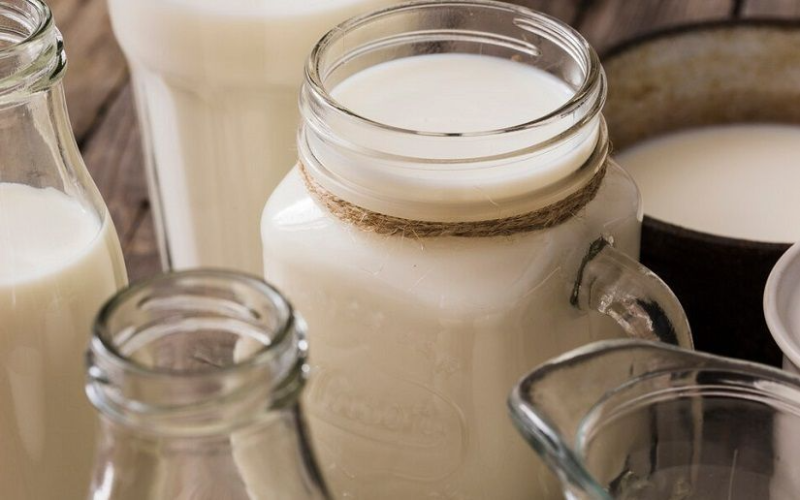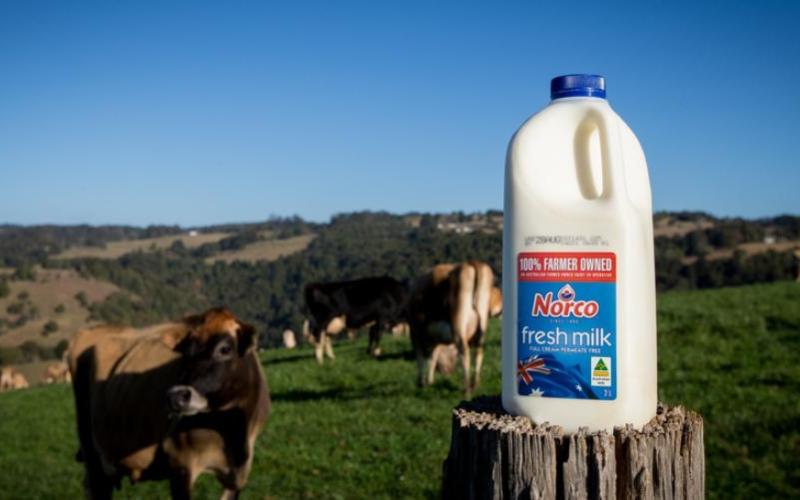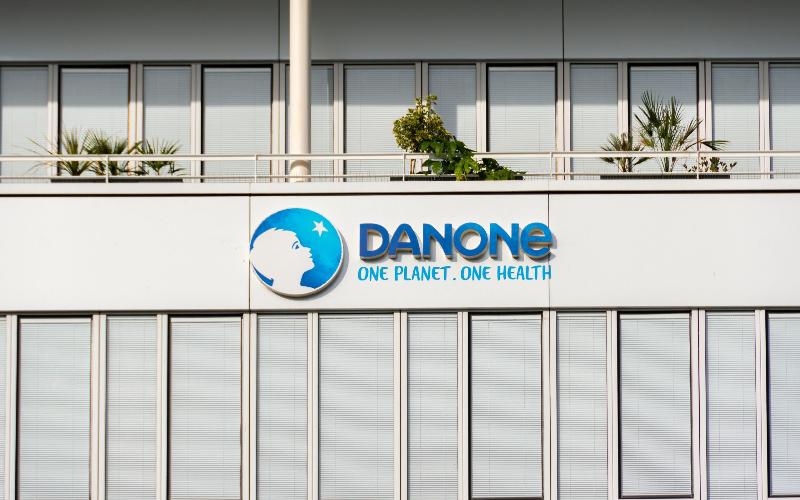US Dairy Market: Stable Prices Despite Declining Cow Numbers and Protein Levels
Sourse: The DairyNews
As the spring flush sets in, the US dairy market is experiencing a surplus of milk, resulting in discounted spot loads and lower cream multiples due to ample fat supplies. Despite milking fewer cows compared to the previous year and the emergence of highly pathogenic avian influenza (HPAI) affecting milk production, prices remain relatively stable.

Betty Berning, analyst at the Daily Dairy Report, highlights that while total fat production has increased, milk production and protein levels have decreased. However, subdued demand for cheese, nonfat dry milk, and whey powder, which rely on protein and skim solids, has yet to impact markets significantly. Berning warns that a surge in demand could strain manufacturers' efforts to procure enough protein and skim solids.
Although international demand for US dairy has lagged behind previous levels, recent data suggests a potential upswing in exports, especially to markets like Mexico and Southeast Asia. Berning anticipates that sustained momentum in exports could bolster Class III prices, which are currently below breakeven levels.
Furthermore, a reduction in the US dairy herd size could support milk prices in the long term. However, slower slaughter rates this year indicate a shift from the rapid pace observed in 2023. Despite elevated prices for live cattle, producers face increased opportunity costs for culling due to higher heifer prices. Consequently, cull rates are expected to remain subdued as producers strive to maintain herd sizes.
The impact of HPAI on milk production and markets remains uncertain. Although cases have been reported in several states, Berning notes that the disease has not significantly affected the industry yet. Nevertheless, precautions are being taken to prevent its spread, with some states restricting cattle movement. Given the migratory nature of waterfowl, more cases of HPAI are anticipated as migration continues.
Although international demand for US dairy has lagged behind previous levels, recent data suggests a potential upswing in exports, especially to markets like Mexico and Southeast Asia. Berning anticipates that sustained momentum in exports could bolster Class III prices, which are currently below breakeven levels.
Furthermore, a reduction in the US dairy herd size could support milk prices in the long term. However, slower slaughter rates this year indicate a shift from the rapid pace observed in 2023. Despite elevated prices for live cattle, producers face increased opportunity costs for culling due to higher heifer prices. Consequently, cull rates are expected to remain subdued as producers strive to maintain herd sizes.
The impact of HPAI on milk production and markets remains uncertain. Although cases have been reported in several states, Berning notes that the disease has not significantly affected the industry yet. Nevertheless, precautions are being taken to prevent its spread, with some states restricting cattle movement. Given the migratory nature of waterfowl, more cases of HPAI are anticipated as migration continues.














